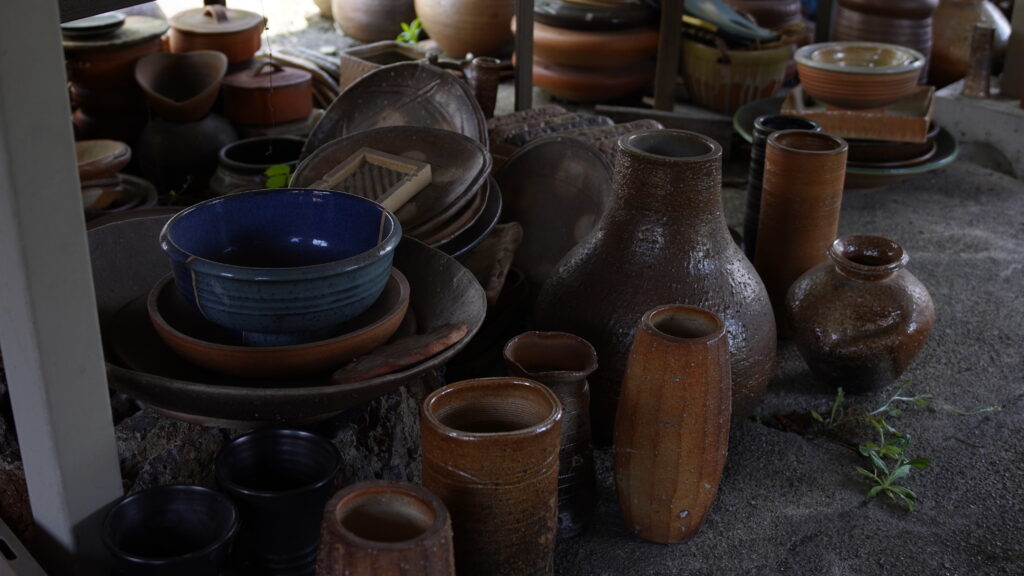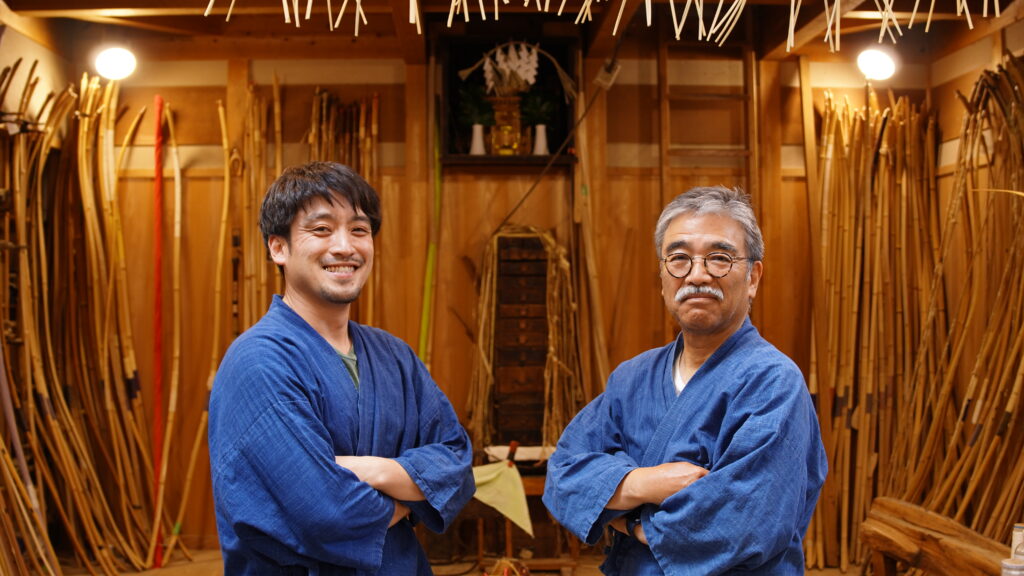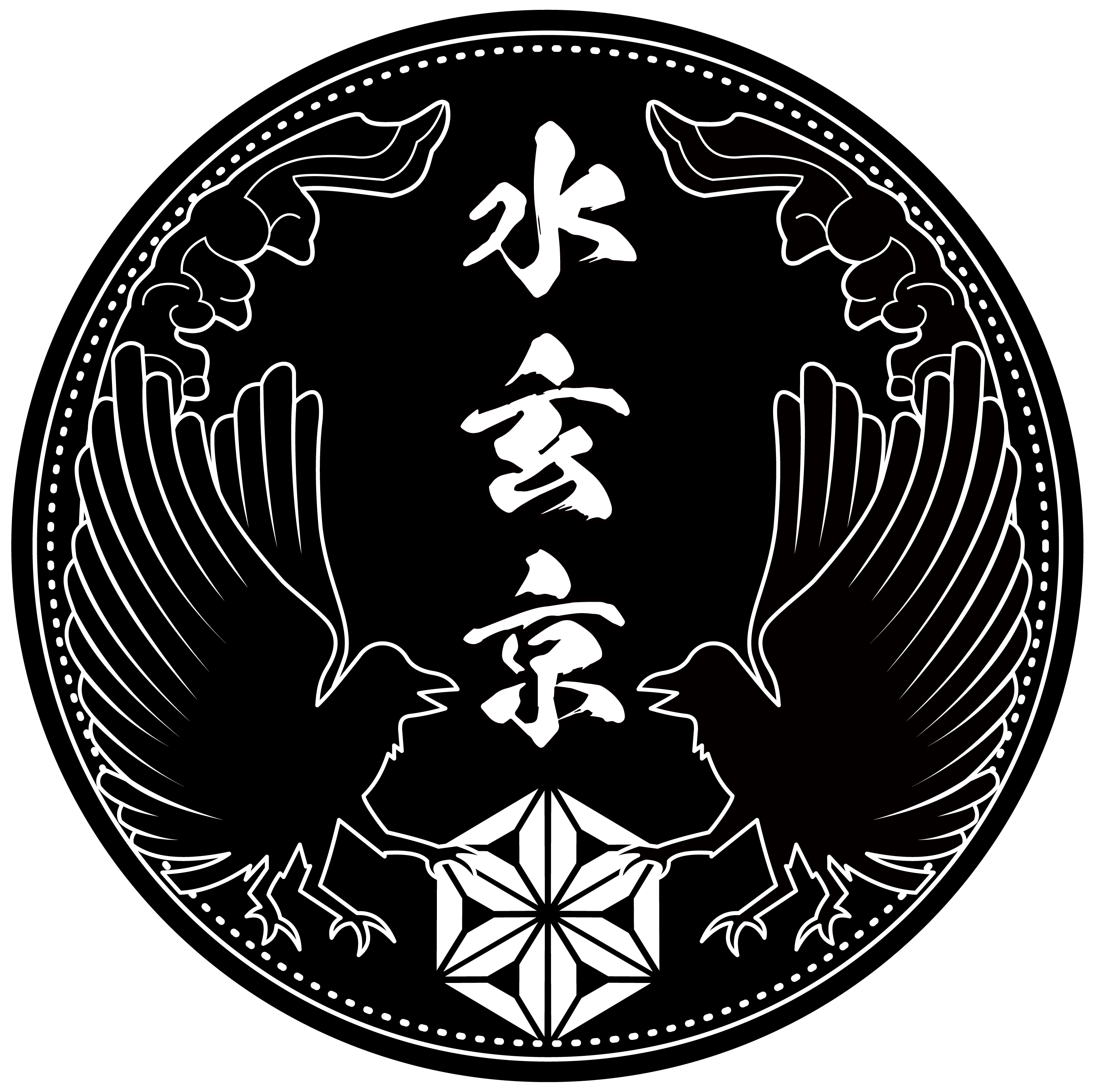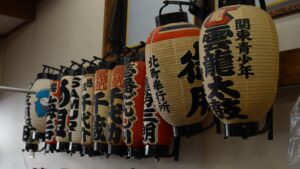Current State of Japanese Traditional Crafts, Problems and Our Solutions
Reading time 5min
Among the various nations of the world, Japan has a very long history and has developed its own unique culture. Products manufactured in Japan are widely loved as “Japan Made” ranging from large items such as cars and electrical appliances to small items such as stationery. Suigenkyo believes that this spirit of craftsmanship has its roots in the hearts of the craftsmen who have produced traditional handicrafts. We operate our company with a thoughtful consideration of the current problems of traditional Japanese crafts and how to solve them. Please take a moment to read our proposed solutions!
1.Current status of Japanese traditional crafts market
2.Main reasons for the shrinking market
3.Solutions as Suigenkyo

Current status of Japanese traditional crafts market
The craft market peaked in the 1980s and early 1990s, when Japan was in the midst of a bubble economy, and at one point reached a production value of approximately 4 billion USD. Subsequently, however, the market began to shrink due to changing lifestyles and the spread of mass-produced products. As shown in the figure below, the current situation is that production has fallen to about 770 million USD, about one-fifth of the current level.

参照元:(一財)伝統的工芸品産業振興協会資料に基づき作成
Today, due to the declining birth-rate and aging population, as well as the long-lasting recession, there are many problems that need to be solved, such as succession issues and a sharp decrease in demand.
Main reasons for the shrinking market
believe that there are four main problems that the traditional crafts market faces today.

Intensifying market competition
The current situation where consumers are switching to cheaper alternatives due to the large volume of products on the market, not only from Japan but also from other countries, has reduced the interest of concumers, which are often relatively high-priced products.
Changes in sales channels
In the past, the primary sales channel for traditional crafts has been wholesale to stores, trading companies / retailers, and other vendors. However, with the recent expansion of the e-commerce market, the number of customers who actually go to stores to purchase products has significantly decreased. In addition, the aging of craftspeople has made it difficult for them to enter the e-commerce market, where the process from listing to sales and advertising is required to be done on a computer resulting in leaving many craftspeople behind.
Changes in lifestyles and consumer demand
The shift in the domestic market to Western styles of ceramics, kimonos, and other daily necessities has had a significant impact on the decline in demand for items used and consumed on a daily basis. In addition, due to changes in consumer demand, many craftspeople are unable to successfully incorporate trends and fashions into their crafts and are experiencing difficulties in product development.
Market structure issues
The last cause is the market structure. As we met with many artisans, we discovered a critical problem: the artisans do not know the prices at which their products are actually sold and the consumers to whom they are delivered. For a business, it is a prerequisite to understand the prices being sold and the opinions of actual consumers in order to develop a strategy to survive in the market. However, in some cases, when a product sells for 1 million yen, the money that actually goes to the craftsman is less than 100,000 yen (less than 10% of actual selling price), and the consumer’s voice continues to be unheard.
Solutions as Suigenkyo
We started our company to break through this situation and to preserve long-lasting Japanese traditions for the future. We are working to solve the problems discussed above as follows.

Intensifying market competition
Ethical consumption has been attracting attention in recent years, and more and more consumers are becoming aware of how their purchases affect society as a whole, rather than just what they are buying. Eco-bags and paper straws are becoming popular, and fair trade products which are sold on the assumption that the right money will go to the producer. Suigenkyo’s mission is not to promote sales by lowering prices in response to market competition, but to communicate the added value that crafts bring to many people. Crafts themselves have a history of more than hundreds of years, and I believe that the thoughts and struggles of craftspeople reside in the crafts themselves. Suigenkyo is committed to conveying these stories to consumers through the following activities.
① Articles about crafts themselves (history and origins)
②Articles about interviews with craftspeople
③Filming the crafts production scenes
④Spread knowledge and awareness of crafts through SNS
Changes in sales channels
As mentioned earlier, e-commerce is becoming a major channel for product sales. We are therefore engaged in the e-commerce business in order to deliver their crafts both domestically and internationally. With the cooperation of many craftspeople, we have contracted 70+ craftspeople and handled 1,600+ products in just six months since the launch of the site. In addition, we are introducing our services not only to BtoC, but also to restaurants and hotels so that more people can see crafts.
Changes in lifestyles and consumer demand
While the domestic craft market has been hit hard by changing lifestyles, the outside of Japan shows that the handicrafts market continues to grow(reference). This growth is due to the expansion of the e-commerce business, the low environmental impact of the handicraft production process, and the uniqueness of the products themselves. Suigenkyo offers the following services in order to reach as many people as possible.
①Articles available in ENG/JPN
②Available languages on the EC site: 10 different languages
③Subtitles for YouTube videos: 12 languages
④As a fact, the portion of foreign customers/users on our Site/SNS is more than 80-90%!
Market structure issues
The business model of Suigenkyo is built on the idea of “the right money to the right people.” Suigenkyo does not use sales methods over which we have no control, from the time the product is made to the time it reaches the hands of the actual consumer. We have also built a model that allows us to make more profit for our artisans, and we believe that thier understanding of our business model has allowed us to sign contracts with many artisans even when we have no track record yet. In order to bring the artisans closer to the consumers who actually purchase our products, we have set a field on the purchase screen where you can post a message to the artisans.

Conclusion
Although we have only been in business for a short time, we operate every day under a one goal that “how we can solve the one of the social problems facing Japan”. We will continue our activities with the belief to make not only consumers but also craftspeople happy.



